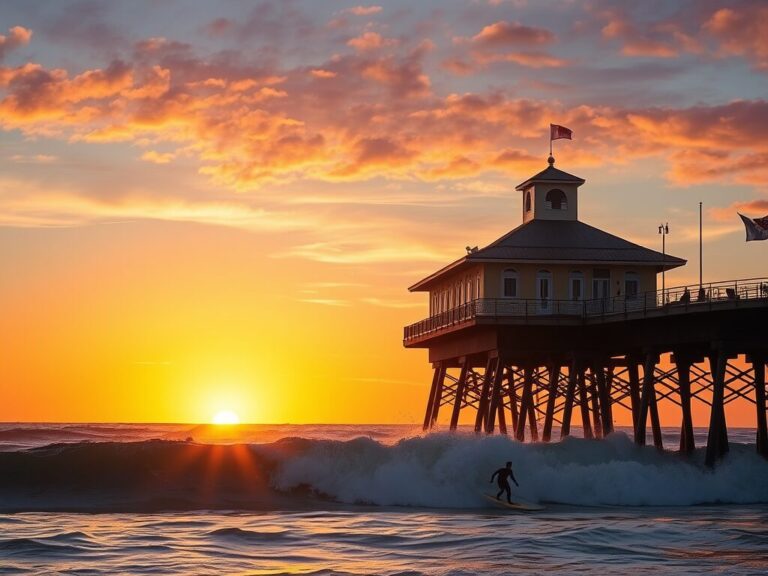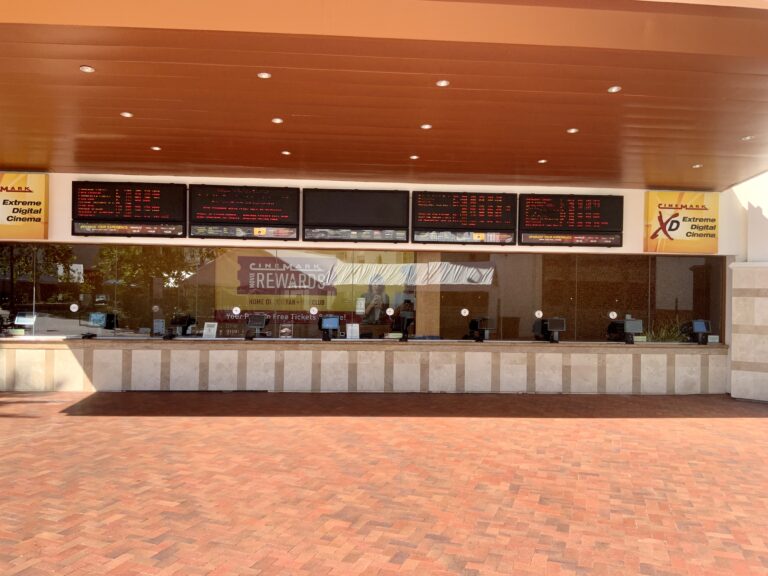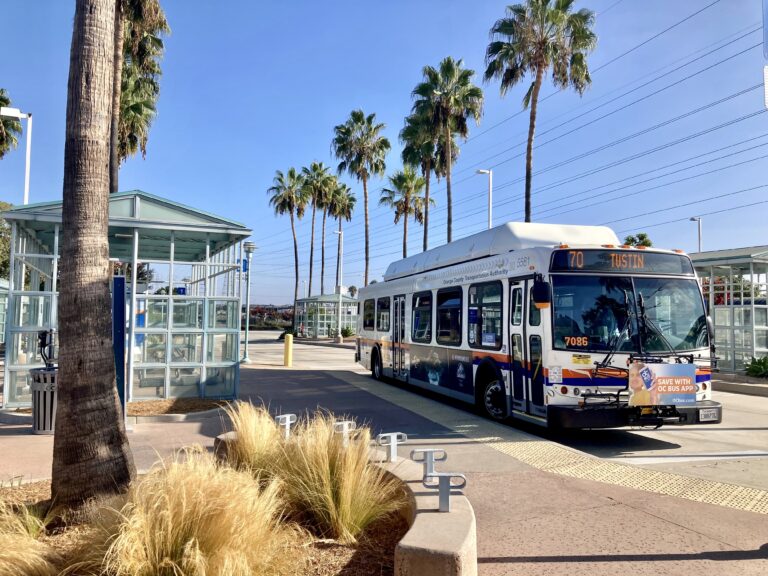
January 4th 2004: Huntington Beach, California, often referred to as “Surf City, USA,” boasts a rich and dynamic history that spans centuries. Here’s an overview of its historical evolution:
Pre-European Contact
- Native Inhabitants: Before European settlers arrived, the area now known as Huntington Beach was home to the Tongva people, also referred to as the Gabrielino tribe. They thrived in the region, relying on the Pacific Ocean for food and resources and establishing a vibrant culture.
Spanish and Mexican Era (1770s–1848)
- Spanish Exploration: In the late 18th century, Spanish explorers claimed California. The area became part of the sprawling Spanish mission system, primarily serving as grazing land for Mission San Gabriel.
- Mexican Rule: After Mexico gained independence from Spain in 1821, the land was divided into large ranchos. The land that includes modern-day Huntington Beach became part of Rancho Las Bolsas and Rancho Los Alamitos.
American Annexation and Early Development (1848–1900s)
- California Statehood: After the U.S. annexed California in 1848, the ranchos were gradually subdivided and sold off.
- Rise of Agriculture: In the late 19th century, the region was primarily used for agriculture, with crops like barley and sugar beets being common.
Incorporation and Oil Boom (1901–1930s)
- Founding of Huntington Beach: The town was established in 1901 and initially named Pacific City. It was later renamed Huntington Beach in honor of railroad magnate Henry E. Huntington, whose Pacific Electric Railway brought visitors and investors to the area.
- Oil Discovery: In 1920, oil was discovered in Huntington Beach, transforming it into a bustling boomtown. The oil industry attracted workers and helped develop the city’s infrastructure.
Mid-20th Century: Growth and Identity (1940s–1970s)
- Post-War Suburban Growth: After World War II, Huntington Beach experienced rapid suburban expansion. The oil fields gave way to housing developments, schools, and businesses.
- Surf Culture Emergence: By the 1960s, Huntington Beach became synonymous with surf culture. The city’s 8.5-mile coastline and consistent waves attracted surfers worldwide, cementing its reputation as “Surf City.”
Modern Era (1980s–Present)
- Economic Diversification: While oil and agriculture diminished, tourism and technology grew as economic drivers.
- Cultural Events: The city hosts the U.S. Open of Surfing, drawing thousands of visitors annually. Its pier and beaches remain iconic landmarks.
- Environmental Efforts: Huntington Beach has faced environmental challenges, including oil spills, but has worked to preserve its wetlands and coastline.
Key Landmarks and Features
- Huntington Beach Pier: Originally built in 1904, the pier has been rebuilt and remains a central attraction.
- Bolsa Chica Wetlands: A preserved natural area supporting local wildlife and serving as a reminder of the city’s ecological roots.
- Main Street: A hub of shops, restaurants, and surf culture.
Huntington Beach continues to balance its heritage of surf culture and oil history with its modern identity as a vibrant coastal community.
DoorDash is a great way to support local businesses with safe, no-contact delivery. Get $30 off ($10 off each of your first 3 orders) when you sign up with this link: https://drd.sh/EYiOSTNDLazTGiss
Here’s 20% off + FREE SHIPPING at Purchasing Power. They sell 40,000+ brand-name products through paycheck deduction with no credit check. Hope you find what you’re looking for! CLICK FOR MORE INFO.
Use my link to join Rakuten and get an extra 10% Cash Back (terms apply). www.rakuten.com/r/PAULAN2534?eeid=26474




